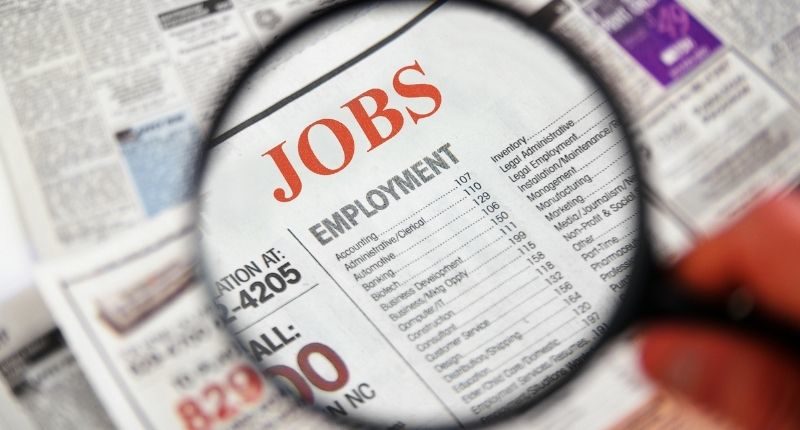
- Australia's unemployment rate fell below 5% for the first time in a decade
- With unemployment declining, will this prompt the RBA to raise interest rates?
- Underemployment is another indicator to consider for wages growth, and inflation
For the first time in a decade, Australia’s unemployment rate fell below 5%, according to the Australian Bureau of Statistics (ABS).
The unemployment rate fell to 4.9% in June – 0.4% below March 2020 – and coincided with a further increase in employment.
The number of officially counted unemployed people fell by 22,000 in June, down to 679,000. This was around 325,000 people below the peak of 1 million a year ago (July 2020).
The unemployment rate has been edging closer to the federal government and Reserve Bank of Australia’s (RBA) target of ‘below 5%’.
Earlier this year, Josh Frydenberg said the unemployment rate will need to “have a four in front of it” to deliver higher wages growth. RBA Governor, Philip Lowe expressed the same sentiment in a recent speech, saying there has been an “accumulation of evidence that Australia could sustain an unemployment rate below 5% without inflation becoming a problem.”
It has been explained many times. When the unemployment rate falls, the labour market is expected to tighten. There are fewer people available for work, and more people in jobs. This (should) cause wages to grow, which in turn feeds into inflation – high enough (perhaps) to be consistent with the RBA’s target of 2% to 3%.
In the context of the housing market, if the RBA raises rates, this limits the availability of housing credit and has a dampening effect on the market. Prospective home buyers may issue a sigh of relief if housing prices start to decline.
Underemployment
It is simplistic to think that just because unemployment continues to decline, inflation will result and then the RBA might raise interest rates. There are other things at play.
Underemployment also needs to be considered.
‘Underemployment’ refers to those people who are counted as employed but desire more working hours.
Recent lockdowns across the country have reduced working hours by 1.8% between May and June. Despite these recent setbacks caused by a rise in Covid cases, underemployment fell in recent months, except in June where it rose by 0.5% to 7.9%.
As the economics writer for The Guardian, Greg Jericho explained:
“In normal times reducing unemployment has the bigger impact on wages growth – less unemployed leads to higher growth of wages because it sees a big increase in the total hours of work being done.
“The recent improvement in the unemployment rate would normally mean wages growth would start to pick up. And yet there is little sign that it has.
“It would seem that underemployment is now having a greater impact on wages than is unemployment.”
Greg Jericho, The Guardian
“The RBA suggests that this might be because underemployment might have a different impact on wages. Workers who are after more hours might take them rather than a pay rise. So firms are able to increase hours not through employing new workers – and having to pay them more to entice them to work for that company – but by giving more hours to existing workers without needing a pay rise to entice them.”
This explanation was posed four years ago but is still relevant. The RBA came out with a recent study in June coming to the same conclusion: “Because of the additional spare capacity represented by an increase in underemployment, observed wages growth may be slower for a given level of the unemployment rate.”
Until the underemployment rate declines, it is expected that wages growth and inflation are expected to remain low – despite the headline figure that the unemployment rate has a four in front of it now.
Future implications
The RBA in their latest minutes meeting said that with indicators of future demand remained strong and with the participation rate around record-high levels, it is likely that space capacity in the labour market would decline.
Despite record low unemployment, the central bank remains committed to maintaining highly supportive monetary conditions to a return to full employment – with inflation consistent with the 2% to 3% target.
The central scenario still remains that these conditions will not be met before 2024. Wage growth still needs to be materially higher than it is currently.
The key takeaway for property is that the housing boom is set to continue unless a deterioration of lending standards would warrant what is called ‘macroprudential regulation‘. The board repeated that they are watching lending standards closely.







